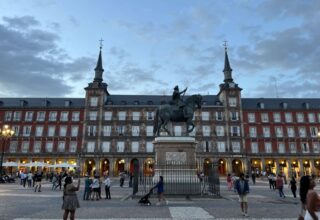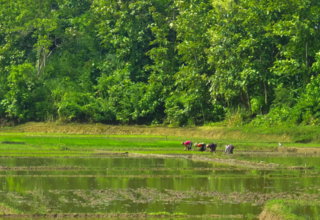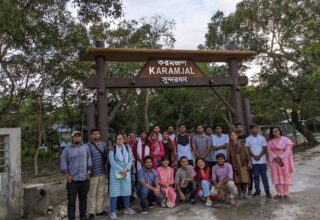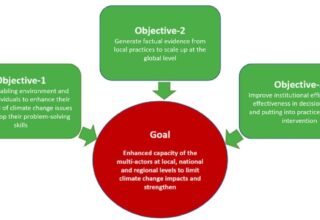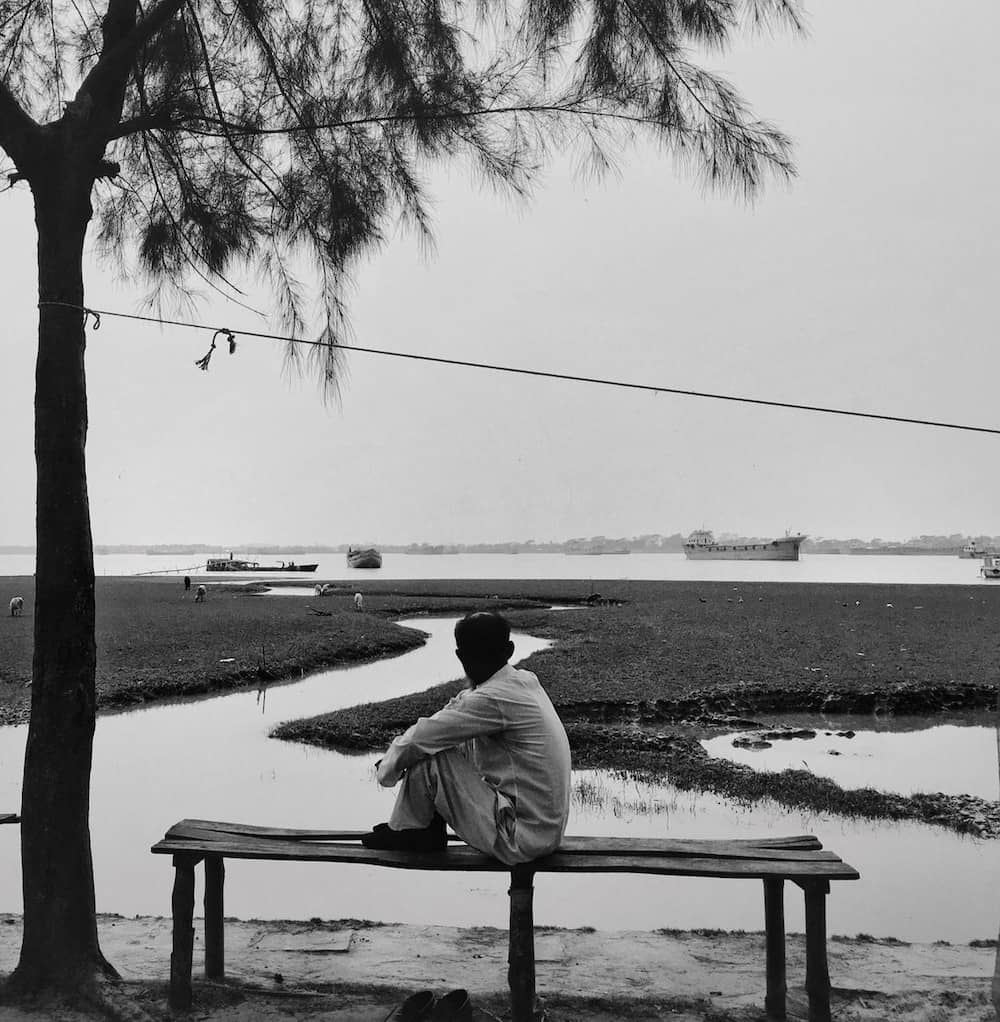
Informal settlements emerge and flourish globally, although they are still primarily found in developing countries’ metropolitan areas. Economic stagnation and despair, excessive unemployment, natural disasters, and social disputes have caused many people to migrate from rural to urban regions. Different strategies, including clearance, relocation, upgrading, urban development, and public housing, are used in other nations to eliminate and conceal informal settlements.
Bangladesh has roughly 5.3 million informal settlers and approximately 164.69 million people. More than 93% of informal settlements are very crowded, have poor environmental conditions, and have poor housing. Due to rapid rural-to-urban migration, lack of adequate and timely initiatives, government institutional weaknesses, the urban poor’s face the difficulty to get affordable land for houses, and unstable land tenure are all driving forces behind informal settlements growth. However, Bangladesh will face many more problems in the future, including migrating rural-to-urban areas for living and working opportunities.
A man who had migrated from Kalapara (Barisal) started living at signal tower colony (Ratarati), an informal settlement, with his whole family in Mongla Pourashava in 1990. Even though he got a piece of land illegally occupied and built a house for living. But he was constantly living in fear of being evicted at any moment. Mongla is the second busiest port in the country, located in the southwestern part of Bangladesh. People come to this place because of the opportunities for their livelihood and the lower cost of living.
In the Kalapara Upazila natural disasters such as cyclones and storm surges are most common, sometimes severe river erosion occurs. The primary source of income in this upazila are agriculture and fishing. Due to the working opportunities and the lower cost of living, the push factors that forced him to migrate were losing their property due to severe river erosion and fewer income options. So, after that, in Mongla port, initially, he worked as a day labourer on a small ship, and a couple of years later, he became a watchman on that small ship. And from that point on, he steadily raised his standard of living and began saving because he wanted to go wherever there was tenure security.
After working for a decade, he bought a piece of land and became the owner of that land with legal documents. Then he left the informal settlement and started living on his legally documented land, where there was no fear of eviction. He could connect with legal grids and services such as housing, water, sanitation, and energy. After all, it was the story of an informal settler who was deprived of essential services for several reasons, including the legal status of the land.
In Bangladesh, most informal settlements are located on private individuals and only 21.6% government and semi-government owned land. The national policy plan has mentioned housing in Bangladesh’s long-term Perspective Plan (2010-21). It has also developed a concept of ‘an urban village’ for the poor or low-income, including all essential services. However, Strategies for sustainable solutions, informal settlers must access all essential services until they are rehabilitated at suitable locations considering their livelihood opportunities despite their illegal land ownership status (2012). National Housing Policy (2016) documented equitable living standards and affordable prices to ensure suitable housing. In disaster prone areas institutional, technological and financial support are given to reduce disaster risk in housing. It also mentioned housing for the informal settlers will be given priority during land allocation and through construction of infrastructure and financial support. Bangladesh’s long-term plan (2021-2041) addresses people living in informal settlements who do not have access to essential services and will eliminate equalities and leave no one behind.
This can be identified as a success story to overcome the struggles and achieve legal status and quality living standards. Behind every successful story, there are some stories where 100 others cannot ensure their tenure security and 100 people deprived of their essential services. Apart from that there are another 100 people who are migrants from rural-to-urban areas for livelihood, meagre income, river erosion, uprooting and others.
However, as the above story shows, some try to get out of their situation by securing a stable job, saving up, and moving out of the informal settlement in a few years. So, maybe access to a stable and secure job opportunity encourages/influences the informal settlers to seek legal housing status.
Originally this article was published on May 18, 2022 at Dhaka Tribune.
Md Lutfor Rahman is working in ICCCAD as a Research Officer, his research interest lies in land use land cover change detection and climate change. Can be reached at (lrrahmanju44@gmail.com).

